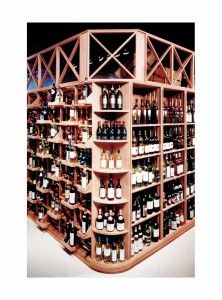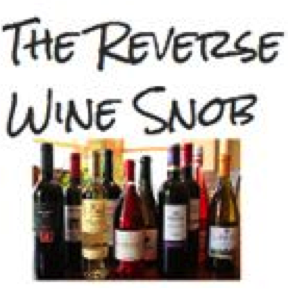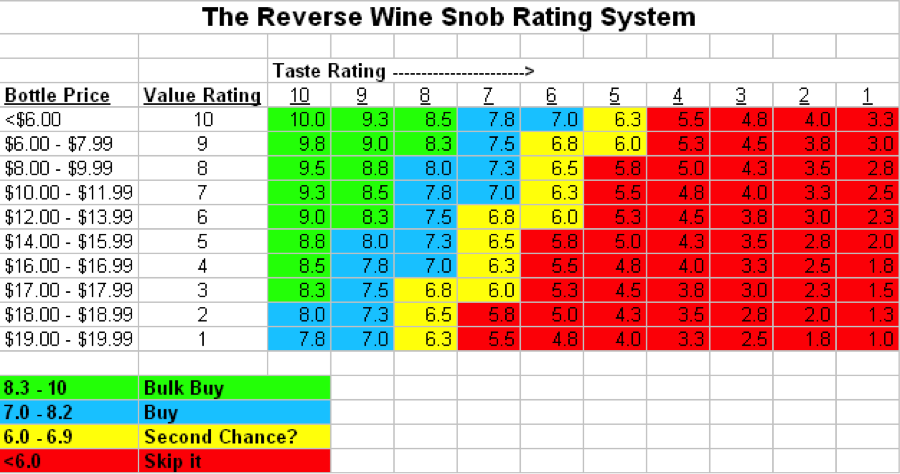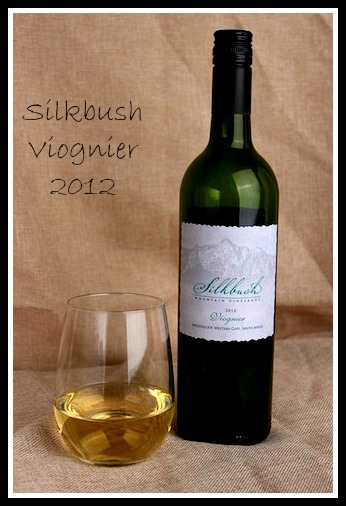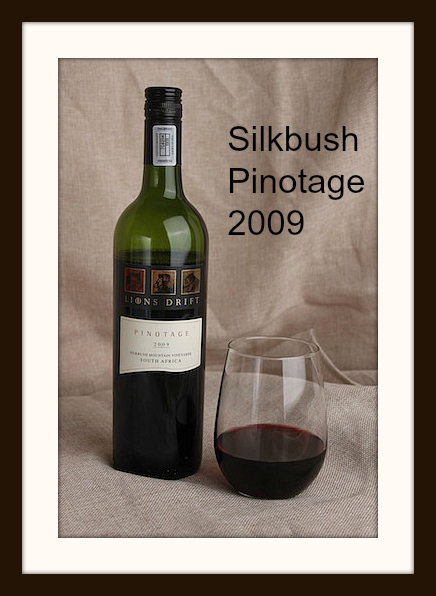In May of 2014, Catherine and I took our 32nd combined trip to South Africa and Silkbush Mountain Vineyards, and then our very first trip to Namibia. Planning our Namibian adventure was actually an adventure in itself; Catherine spent the better part of January 2014 researching and preparing the varied intricacies of the trip. (Her research was supplanted by our favorite African travel consultant, Denise Best, www.thebesttours.net (www.thebesttours.net) who lives in GA and has assisted several friends in planning African “trips of a lifetime”).There was so much to see and experience we decided to stay three weeks driving across Namibia in addition to our two weeks in the Western Cape, on SILKBUSH and then in Stellenbosch.
Incidentally, the distances in Namibia are substantial; we covered by car at most 60% of the country, one week driving ourselves and two with our very enjoyable guide, Richard “Zubee” zu Bentheim [email protected]. If visitors have less time, flights in light aircraft can be arranged at greater cost and you really miss out on much of the flavor of the country. Like much of Africa, much of Namibia deserves to be seen more slowly and digested deliberately with the locals.
BTW, Namibia is the first country in the world to incorporate environmental protection into its Constitution. From this, many tourism options spring, providing real monetary and social benefits for the local communities who provide them and, in return, a very enjoyable and gratifying Namibian experience for tourists. We visited the highest sand dunes in the world and the largest game reserves in Africa. We visited local communities, tribal lands and developed an appreciation for Namibia, it land, its wildlife, and its tourist-friendly peoples and amazingly diverse cultures. The country has earned its nickname, the Arid Eden!
This trek also became a geological safari because of the varied and ubiquitous rock formations throughout the country. Geologically, the Namib area is composed of a wide range of rock types, ranging from 1,265 million year old granite to the present day formations making up the Namib Sand Sea. The area is just west of the Great Namibian Escarpment, a feature formed by the uplift of the entire southern African continent about 120 million years ago. In the north and southeast, we saw many lavas or “volcanics” which are exposed rock outcroppings. Namibia’s highest point is the south at 6,500 ft. above sea level. The lowest naturally is the long Atlantic coast line or sea level.
We were totally awed by the local habitats, wildlife, and traditional cultures and rituals here, and we knew our tourism dollars had a beneficial impact on the environment and wildlife conservation. We’ve chosen just over two hundred pictures from the several thousand we actually took throughout our Namibian journey. We hope they and the accompanying text will give you multiple impressions into our most wondrous adventure. Take a look at Gallery 11 (http://silkbush.com/gallery/namibia) on Namibia and enjoy the ride. Botswana, Tanzania, and Kenya are all great game camp safari areas we have also enjoyed, but Namibia is a different sort of adventure in Southern Africa; please give it due consideration.
